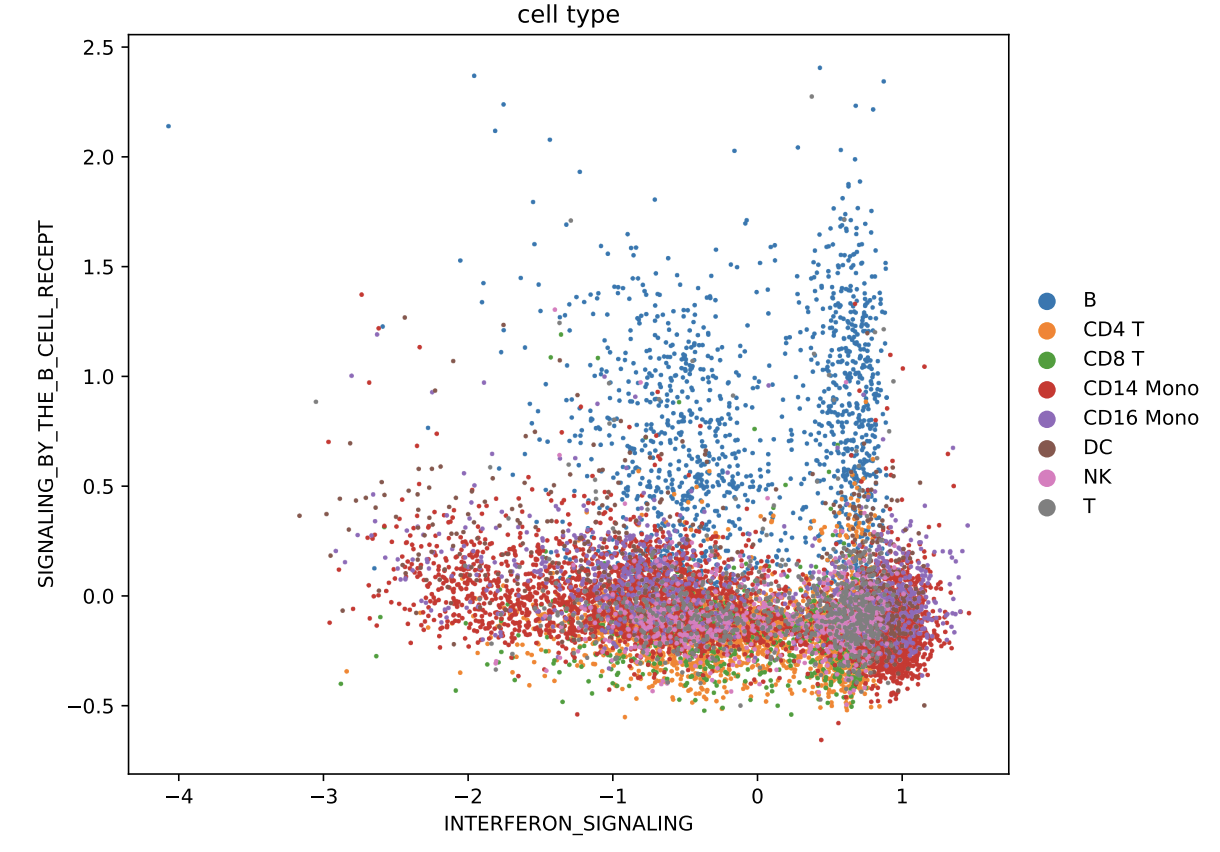Research
- This page mostly covers research on how computational models help map, understand, and predict the biology of cells.
- Meanwhile, I build infra for data science in biology: lamin.ai.
- Before 2015, I worked on computational models for strongly correlated systems, solar cell materials, and basic quantum mechanics.
- See a full list of publications, Google Scholar, or ORCID.
Software for omics analytics and data management
Scanpy [P23] is a toolkit for analyzing single-cell gene expression data.
Together with anndata [P33], it has become widely used and led to an ecosystem of tools, with >700k downloads and >600 dependent repositories.
In 2019, it got featured within the first cycle of Essential Open Source Software for Science by CZI among 32 projects, alongside giants such as numpy, pandas, scikit-learn, matplotlib, and others.
To sustain the project long-term and further professionalize development, we started scverse with other community members in early 2022.
I Virshup, S Rybakov, FJ Theis, P Angerer†, FA Wolf†
JOSS (2024) bioRxiv pdf code
I Virshup*, D Bredikhin*, L Heumos*, G Palla, G Sturm, A Gayoso, I Kats, M Koutrouli, S Community, B Berger, D Pe’er, A Regev, SA Teichmann, F Finotello†, FA Wolf†, N Yosef†, O Stegle†, FJ Theis†
Nature Biotechnology (2023)
FA Wolf, P Angerer, FJ Theis
Genome Biology (2018) bioRxiv pdf code
Dynamical modeling of RNA velocity
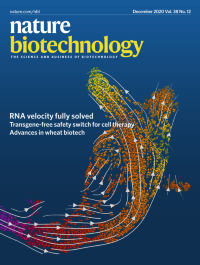 RNA velocity has opened up new ways of studying cellular differentiation in scRNA-seq [LaManno18] by capturing gene expression change rates based on ratios of spliced and unspliced mRNA.
RNA velocity has opened up new ways of studying cellular differentiation in scRNA-seq [LaManno18] by capturing gene expression change rates based on ratios of spliced and unspliced mRNA.
With scVelo [P28], we solve the full transcriptional dynamics of splicing kinetics using a likelihood-based dynamical model. It generalizes RNA velocity to a wide variety of systems comprising transient cell states, which are common in development and in response to perturbations.
V Bergen, M Lange, S Peidli, FA Wolf†, FJ Theis†
Nature Biotechnology (2020) cover story bioRxiv pdf code
Generative modeling of single-cell perturbation effects
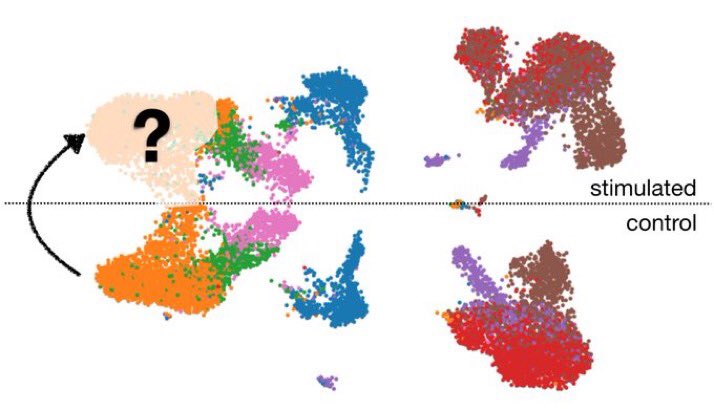
While the first implementation of the approach (scGen) relied on latent space vector arithmetics, we then developed an end-to-end-trained model based on a conditional variational autoencoder (trVAE) [P29] and a deep factor model [P32]. We wrote a review about the emerging field [P31].
M Lotfollahi*, A Klimovskaia*, CD Donno**, Y Ji**, IL Ibarra, FA Wolf, N Yakubova, FJ Theis†, D Lopez-Paz†
Molecular Systems Biology (2023) Facebook AI blog bioRxiv pdf code
Y Ji, M Lotfollahi, FA Wolf, FJ Theis
Cell Systems (2021) resource
M Lotfollahi, M Naghipourfar, FJ Theis†, FA Wolf†
Bioinformatics (2020) talk at ECCB arXiv pdf code
M Lotfollahi, FA Wolf†, FJ Theis†
Nature Methods (2019) bioRxiv pdf code
Mapping the coarse-grained connectivity of complex manifolds
![Hematopoietic lineages as captured in scRNA-seq from Paul et al., Cell (2015). See [P26].](https://pbs.twimg.com/media/D2FmvihWkAA9wmG?format=jpg&name=medium)
In [P24], we used it to infer the first lineage tree of a whole complex animal - a Science breakthrough of the year 2018. It has been benchmarked as the overall best performing trajectory inference method in a review of ~70 methods by Saelens et al. (Nat. Biotechn., 2019) [tweet]. PAGA also builds on diffusion pseudotime [P19], which defined a robust global measure of similarity among cells.
FA Wolf, F Hamey, M Plass, J Solana, JS Dahlin, B Göttgens, N Rajewsky, L Simon, FJ Theis
Genome Biology (2019) talk at SCG bioRxiv pdf code
M Plass*, J Solana*, FA Wolf, S Ayoub, A Misios, P Glažar, B Obermayer, FJ Theis, C Kocks, N Rajewsky
Science (2018) pdf code
L Haghverdi, M Büttner, FA Wolf, F Buettner, FJ Theis
Nature Methods (2016) bioRxiv pdf
Interpretable knowledge-enriched latent representations of scRNA-seq
Existing methods for learning latent representations for single-cell RNA-seq data are based on autoencoders and factor models where the former are hard to interpret and the latter have limited flexibility. Here, we introduce a framework for learning interpretable autoencoders based on regularized linear decoders, decomposing variation into interpretable components using prior knowledge.
S Rybakov, M Lotfollahi, FJ Theis†, FA Wolf†
Machine Learning in Computational Biology (2020) conference proceeding bioRxiv pdf code
Reconstructing cell cycle and disease progression using deep learning
![Reconstructed cell cycle. See [P20].](./170712_featured_image_suggestion.png) We show how continuous biological processes are reconstructed using deep learning for imaging data of cell cycle and disease progression in diabetic retinopathy [P20].
See a video.
We show how continuous biological processes are reconstructed using deep learning for imaging data of cell cycle and disease progression in diabetic retinopathy [P20].
See a video.
P Eulenberg*, N Köhler*, T Blasi, A Filby, AE Carpenter, P Rees, FJ Theis†, FA Wolf†
Nature Communications (2017) bioRxiv pdf code
Deep-learning based diagnosis of lung cancer from images
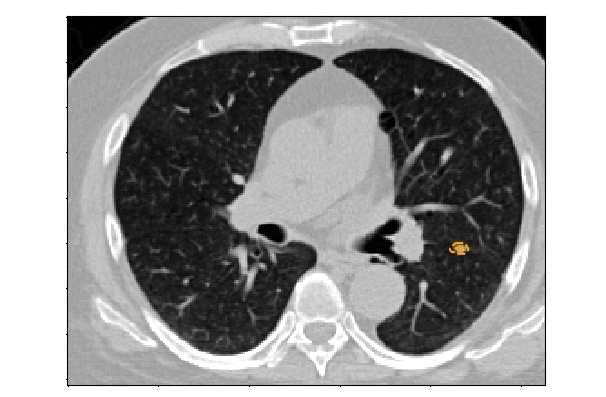 The goal of the Data Science Bowl 2017 was to predict lung cancer from tomography scans.
It was the highest endowed machine learning competition with $1M total in prize money in 2017. We won the 7th prize among nearly 2.4k teams and more than 10k participants; the best result among all German teams.
The goal of the Data Science Bowl 2017 was to predict lung cancer from tomography scans.
It was the highest endowed machine learning competition with $1M total in prize money in 2017. We won the 7th prize among nearly 2.4k teams and more than 10k participants; the best result among all German teams.
N Köhler, J Jungwirth, M Berthold, FA Wolf
Report (2017) pdf code
Solving dynamical mean-field theory using tensor trains
 Optimizing tensor trains (MPS, DMRG) presents a key numerical approach for tackling the computational complexity of models of strongly correlated materials and quantum computers.
Optimizing tensor trains (MPS, DMRG) presents a key numerical approach for tackling the computational complexity of models of strongly correlated materials and quantum computers.
We developed a way to use tensor trains within dynamical mean-field theory to simulate otherwise incomputable emergent properties of strongly correlated materials [O6,P12-P18]. The scientific field could be described as computational many-body physics at the interface of quantum information and quantum field theory
FA Wolf, A Go, IP McCulloch, AJ Millis, U Schollwöck
Physical Review X (2015) arXiv pdf
Id Vega, U Schollwöck, FA Wolf
Physical Review B (2015) arXiv pdf
K Balzer, FA Wolf, IP McCulloch, P Werner, M Eckstein
Physical Review X (2015) arXiv pdf
C Hubig, IP McCulloch, U Schollwöck, FA Wolf
Physical Review B (2015) arXiv pdf
FA Wolf, JA Justiniano, IP McCulloch, U Schollwöck
Physical Review B (2015) arXiv pdf
FA Wolf, IP McCulloch, U Schollwöck
Physical Review B (2014) arXiv pdf
FA Wolf, IP McCulloch, O Parcollet, U Schollwöck
Physical Review B (2014) arXiv pdf
Modeling diffusion-reaction chemistry of solar cells to improve conversion efficiency
The low energy conversion efficiency of established solar cells is largely due to chemical imperfections of the material at which excited photons recombine. While at Bosch Research, I established models for material syntheses to optimize processes for the minimization of such imperfections [O5,P8-P11]. These models are all diffusion-reaction equations. I wrote a proprietary software, which was productionized at Bosch Solar Energy.
FA Wolf
PhD Thesis (2014) pdf
J Krügener, R Peibst, FA Wolf, E Bugiel, T Ohrdes, F Kiefer, C Schollhorn, A Grohe, R Brendel, HJ Osten
IEEE Journal of Photovoltaics (2014) ResearchGate pdf
FA Wolf, A Martinez-Limia, D Grote, D Stichtenoth, P Pichler
IEEE Journal of Photovoltaics (2014) ResearchGate pdf
FA Wolf, A Martinez-Limia, D Stichtenoth, P Pichler
IEEE Journal of Photovoltaics (2014) ResearchGate pdf
FA Wolf, A Martinez-Limia, P Pichler
Solid-State Electronics (2013) ResearchGate pdf
Dynamics of the quantum Rabi model
![Time evolution of photon excitation through entanglement with a quantum bit. From [P6].](./wolf12.png) The quantum Rabi model is the basic model for understanding decoherence of a Q-bit that is coupled to a bath, and in that sense a basic model for the technical foundations of quantum computing [P6,P7].
By exploiting a recent exact solution of the static system, we established several dynamical properties, among others, Schroedinger-cat like states that show particular robustness towards decoherence.
The quantum Rabi model is the basic model for understanding decoherence of a Q-bit that is coupled to a bath, and in that sense a basic model for the technical foundations of quantum computing [P6,P7].
By exploiting a recent exact solution of the static system, we established several dynamical properties, among others, Schroedinger-cat like states that show particular robustness towards decoherence.
FA Wolf, F Vallone, G Romero, M Kollar, E Solano, D Braak
Physical Review A (2013) arXiv pdf
FA Wolf, M Kollar, D Braak
Physical Review A (2012) arXiv pdf
Supercurrent through grain boundaries
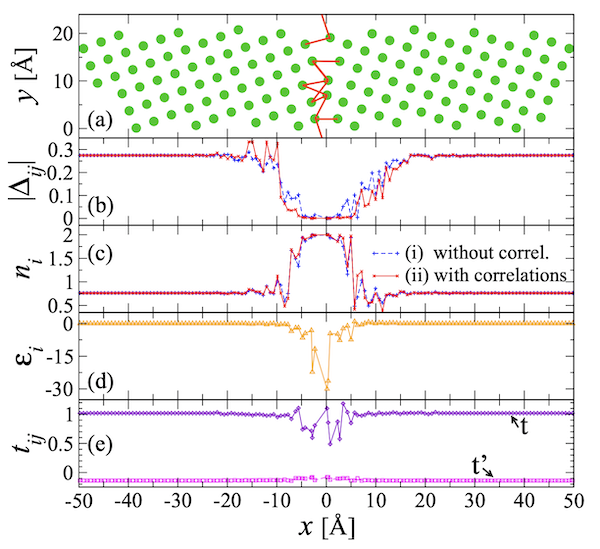 During studies, I focused on emergent properties of quantum-many body systems and their applications.
Using a phenomenological theory of superconductivity (Bogoliubov de Gennes), we showed how grain boundaries and strong correlations affect high-temperature superconductivity [P5].
During studies, I focused on emergent properties of quantum-many body systems and their applications.
Using a phenomenological theory of superconductivity (Bogoliubov de Gennes), we showed how grain boundaries and strong correlations affect high-temperature superconductivity [P5].
FA Wolf
Master’s Thesis (2011) pdf
FA Wolf, S Graser, F Loder, T Kopp
Physical Review Letters (2012) arXiv pdf
Coherent expansions of quantum matter and matter wave lasers
![Expanding cloud of coherent atoms - a 'matter laser' - in a 2d lattice. From [P4].](./jreissaty12.png) Collapse and revival oscillations and coherent expansions have been suggested for realizing matter-wave lasers.
The following two projects [P2,P4] provided first in-depth models in one- and two-dimensional lattices.
Collapse and revival oscillations and coherent expansions have been suggested for realizing matter-wave lasers.
The following two projects [P2,P4] provided first in-depth models in one- and two-dimensional lattices.
M Jreissaty, J Carrasquilla, FA Wolf, M Rigol
Physical Review A (2011) arXiv pdf
FA Wolf, I Hen, M Rigol
Physical Review A (2010) arXiv pdf
Relaxation of a quantum many-body system after perturbation
We investigated the non-equilibrium behavior of quantum many-body systems [P1-P4], in particular, the fundamental problem of how such systems transition from an excited state to equilibrium. This happens through chaotic dynamics in the classical case, but is an active area of research in the quantum case.
We showed that the transition proceeds through an intermediate, prethermalized plateau for which we developed a statistical theory. I contributed the central analytical calculation [T1] to the highly cited paper [P3] during a summer lab project.
M Kollar, FA Wolf, M Eckstein
Physical Review B (2011) arXiv pdf
M Eckstein, A Hackl, S Kehrein, M Kollar, M Moeckel, P Werner, FA Wolf
The European Physical Journal Special Topics (2009) arXiv pdf
High school
![Sartre in Stammheim. From [O1], original from H. M. Schleyer: RAF Geschichte.](./sartre_a_stammheim.jpg) During high school, I spent a lot of time doing different things quite excessively: writing & playing music, sports, reading books (novels, arts, social sciences), cooking (with summer work in restaurants), and working in non-profits (a full year after high school).
During high school, I spent a lot of time doing different things quite excessively: writing & playing music, sports, reading books (novels, arts, social sciences), cooking (with summer work in restaurants), and working in non-profits (a full year after high school).
For instance, I made clumsy efforts to better understand how ideological ideas stimulate change in society and culture. In my thesis, I investigated why J.-P. Sartre publicly supported the German terrorist group RAF upon his visit in Stammheim in 1974 [O1, or better Der Spiegel (2013)].
FA Wolf
High School Thesis (2005) pdf
